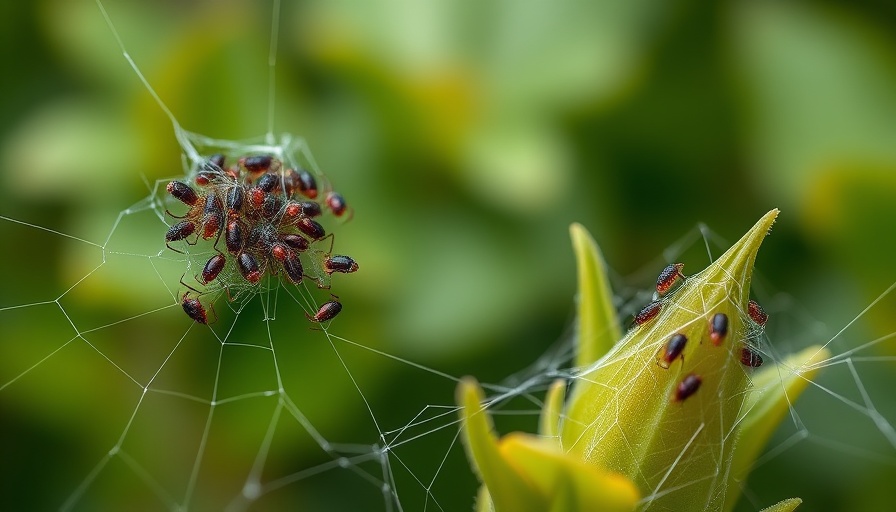
Spider Mites: The Invisible Threat in Your Garden
When it comes to gardening, many enthusiasts often find themselves battling with pests that can compromise their efforts to cultivate thriving plants. Among these culprits, spider mites stand out as a significant and oftentimes underestimated threat. Unlike insects, these tiny arachnids are masters of concealment, making early detection crucial for preventing a full-blown infestation.
Understanding the Nature of Spider Mites
Spider mites, scientifically classified within the family Tetranychidae, are barely visible to the naked eye but can wreak havoc on a wide range of plants, including vegetables, fruit trees, and ornamental flowers. These minute pests thrive in hot, dry climates, making them particularly problematic for gardeners in warmer seasons. Their feeding damages plants by piercing leaf surfaces and siphoning cellular fluids, leading to unsightly stippling and potential defoliation.
Spotting the Signs: How To Detect Spider Mites
Want to catch spider mites before they wreak havoc on your garden? Vigilance is key. Regular checks, particularly on the undersides of leaves and stem joints, where spider mites often reside, are essential. Typical signs include:
- Stippling: Yellow or white spots on leaves indicating feeding damage.
- Webbing: Fine webs resembling those of true spiders, often found clustering around affected areas.
- Leaf discoloration: As damage escalates, affected leaves may turn bronze or red, ultimately leading to premature leaf drop.
Effective Control Methods: Combating Spider Mites Organically
Once detected, the next step is to control the spider mite population using eco-friendly methods. Many gardeners prefer organic options to minimize harm to their gardens and the environment. Here are several techniques to combat these pests:
- Natural Predators: Introducing beneficial insects, such as ladybugs or predatory mites, can create a natural balance and significantly reduce spider mite populations. They see spider mites as prey, making them a great ally.
- Insecticidal Soaps: These are effective against spider mites by suffocating them upon contact while being gentle on your plants. Ensure to apply them regularly for the best results.
- Neem Oil: This natural pesticide disrupts the life cycle of spider mites when applied as a foliar spray. It’s essential to follow instructions carefully for safe application.
Cultural Practices: Preventing Future Infestations
One of the best strategies against spider mites is to preventative measures rooted in cultural practices. By fostering a healthy garden environment, you can deter these pests:
- Watering: Keeping plants well-watered helps them resist spider mite damage, as stressed plants attract pests. Regular watering, especially in hot, dry conditions, supports plant health.
- Dusting and Cleaning: Regularly cleaning leaves and surrounding areas removes dust that can harbor pests and improves plant health.
- Diverse Planting: Incorporating pest-resistant plants and companion planting can limit the appeal of your garden to spider mites.
Conclusion: Your Garden Needs You!
Spider mite infestations can seem daunting, but armed with the right knowledge and tools, gardeners can effectively safeguard their plants while fostering a beneficial ecosystem. By staying vigilant, utilizing natural control methods, and employing sound cultural practices, you can cultivate a flourishing garden that embodies resilience against prickly pests. Remember, your proactive measures today can lead to a vibrant garden tomorrow. Let's put the spider mites in check!
To further enhance your gardening journey, explore diverse pest-resistant plants and engage in methods that promote a sustainable garden. Take nurturing your garden to the next level and enjoy the bountiful rewards of your hard work!
 Add Row
Add Row  Add
Add 




 Add Row
Add Row  Add
Add 

Write A Comment